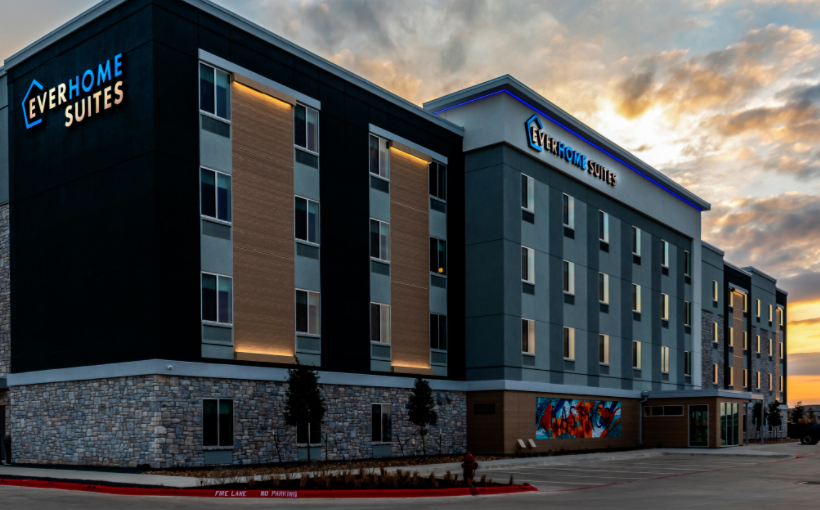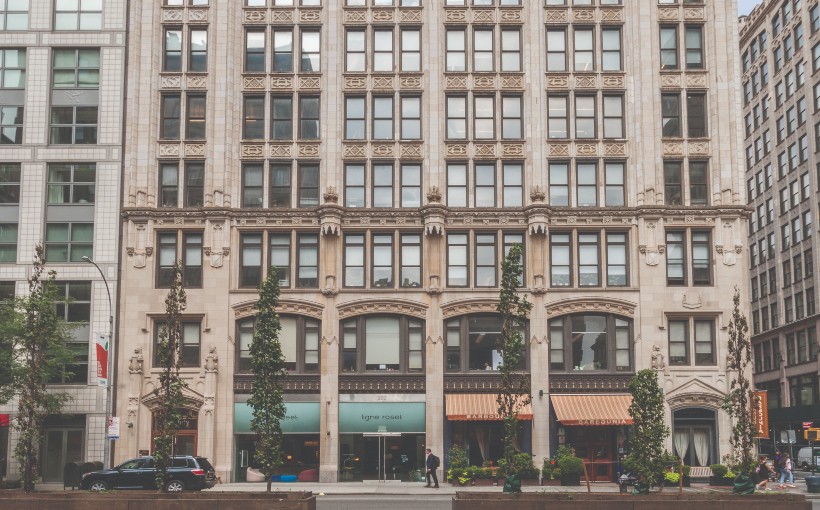This is the first installment in a series of articles exploring the office sector beyond negative headlines. Upcoming pieces will delve into topics such as debt maturities, industry opportunities, and strategies for improving occupancy rates.
Experts in commercial real estate (CRE) are pushing back against recent reports predicting the downfall of the office sector. While media outlets have proclaimed that “The Next Crisis Will Start With Empty Office Buildings” and “Demand for Office Space Could Fall 13% by 2030,” CRE professionals argue that these headlines fail to consider important nuances within this market.
According to Eli Randel from CREXI, many office buildings continue to perform well despite challenges posed by macroeconomic conditions and public perception. Hayim Mizrachi from MDL Group adds that reports about a dying office sector primarily focus on high-rise buildings in densely populated cities with long commutes for workers.
Adam Showalter with Stream Realty Partners describes this market as “bifurcated,” meaning there is a clear divide between top-performing properties (“the haves”) and those struggling (“the have nots”). Class A buildings located in desirable areas with limited supply are experiencing high demand, while less attractive or older properties face more challenges attracting tenants.
Aarica Mims from KDC notes that amenities play an important role in attracting employees back to offices post-pandemic. Companies want their workplaces to offer more than just space for work; they also seek fun activities, collaboration spaces, green areas nearby restaurants/shopping options etc., all contributing towards creating positive experiences at work which can help improve company culture hit hard during COVID-19 pandemic . As such , it’s common for businesses housed within older structures trade up into newer ones offering better amenities .
However , experts caution against completely dismissing older spaces . Tony Russo at Lee & Associates points out how private owners of Class B+ structures have upgraded their suburban Chicago offices making them appealing alternatives due smaller footprints and similar amenities to Class A buildings. Scott Morse with Citadel Partners adds that well-located, older buildings can offer tremendous value for businesses as employees appreciate shorter commutes.
Looking ahead, Ira Singer from Mosaic Construction suggests that repositioning older spaces through technology upgrades (such as AI concierge services and maintenance robots), green initiatives (like vertical farming or air quality improvement measures) , flexible lease models , common-area amenity spaces etc., could help attract tenants . Petra Durnin at Raise Commercial Real Estate agrees that incorporating features such as modular interior designs or sustainable practices can also enhance the tenant experience.
In conclusion, while office vacancies may be on the rise, experts argue against a blanket statement of doom-and-gloom for this sector. Trophy assets continue to thrive while well-located mature properties still garner interest. As Petra Durnin notes,”All office space is not created equal” and it’s important to recognize these nuances when evaluating the future of this market.




